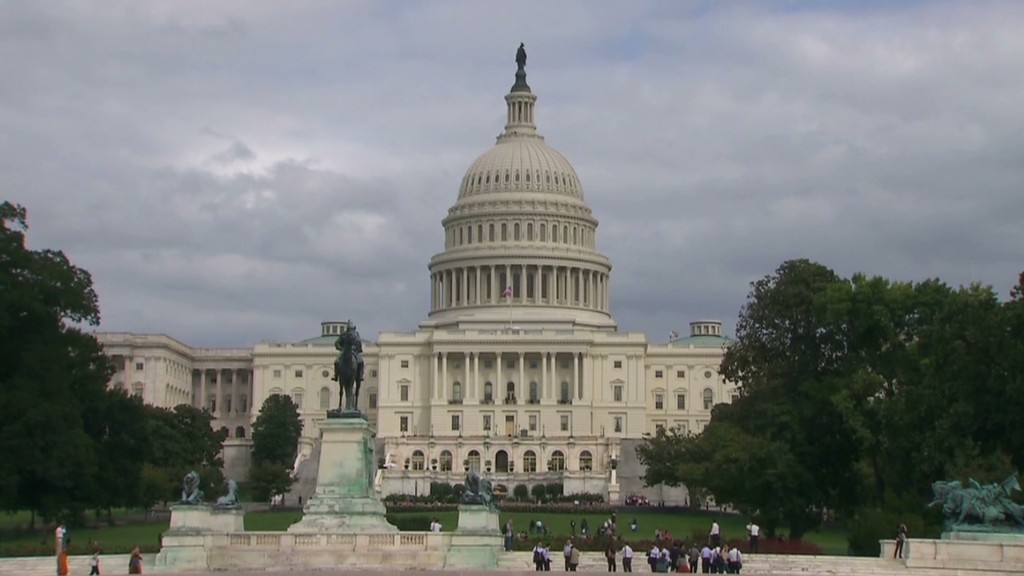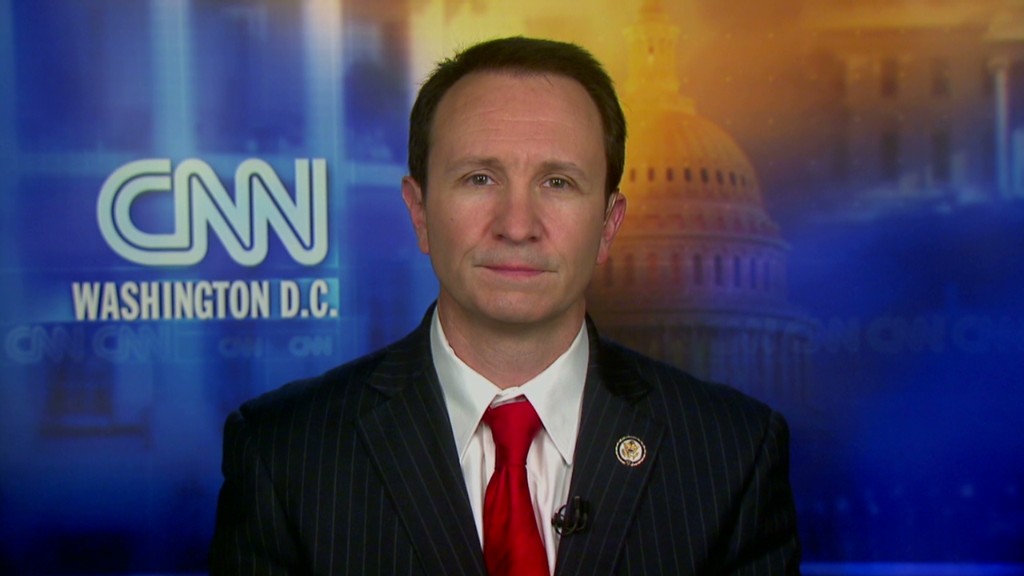
Think the fiscal cliff caused an awful lot of uncertainty and held back the economy? How about three more cliff-like deadlines over the next three months?
That's what's in store. The bill approved by the House late Tuesday doesn't address the debt ceiling and temporarily puts off most of the automatic spending cuts otherwise scheduled to take effect Wednesday.
Here is what's still ahead:
1. Debt Ceiling: Congress has to raise the debt ceiling soon. Real soon.
On Monday, Treasury Secretary Tim Geithner made it official: Federal borrowing has reached the $16.394 trillion debt ceiling.
The Treasury Department, which runs the government's debt-issuance operation, can create about $200 billion of headroom by employing what it calls "extraordinary measures." That normally could cover about two months' worth of borrowing, although continuing uncertainty about tax rates and spending make it hard to determine precisely how long the extraordinary measures will last.
Deadline: Late February or early March.
What's at stake: Last year, political brinksmanship over the debt limit led to the downgrade of the country's credit rating, roiled stock markets and raised questions about the country's willingness to pay all of its bills on time. It also wasted $1.3 billion because of the uncertainty it wrought on the complex task of federal borrowing.

2. Sequester: The so-called sequester is a series of automatic cuts in federal spending that will reduce the budgets of most agencies and programs by 8% to 10%.
The cuts were born of the epic 2011 fight over the debt ceiling. The idea was to create a "trigger" so onerous and indiscriminate that both parties would have an incentive to devise a smarter way to reduce deficits. Instead, 17 months later, Congress is considering a deal that would set up yet another deadline.
Deadline: Bill will postpone many of the Jan. 2 cuts by two months.
What's at stake: The spending cuts as laid out in 2011 would ripple out across thousands of federal programs and projects and, the White House budget office said in September, "would have a devastating impact on important defense and nondefense programs."

3. Continuing Budget Resolution: The federal government works on a fiscal year that starts every Oct. 1. Problem is it has been years since it actually enacted a real budget on time.
There's a process for enacting a budget: Congressional committees are supposed to hold hearings. Experts and interested parties testify about proposals. Lawmakers deliberate over the right spending levels for each federal agency and then roll it all up into a budget.
But Congress rarely ends up following that process. Instead, it usually passes short-term "continuing resolutions," which is fancy way of saying "Band Aid solution."
Deadline: The current continuing resolution expires on March 27.
What's at stake: Congress will have to pass yet another continuing resolution to avoid a temporary shutdown of some government functions, worker furloughs and a pullback in programs.


